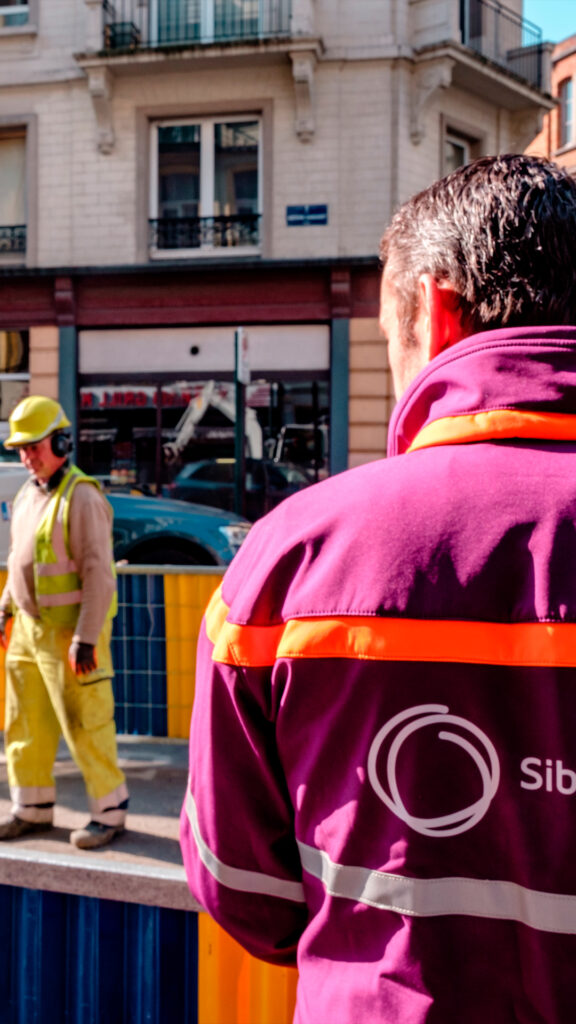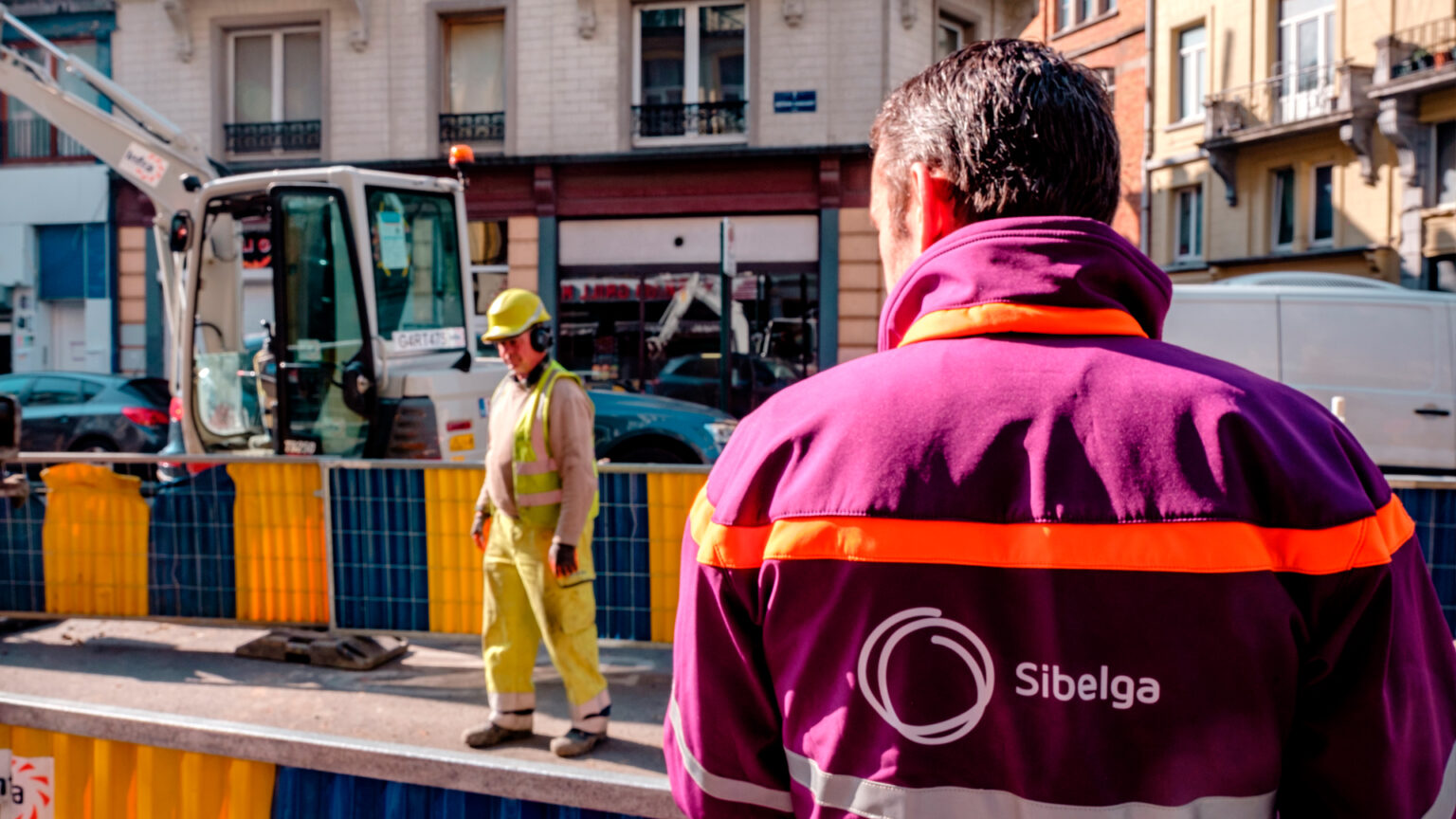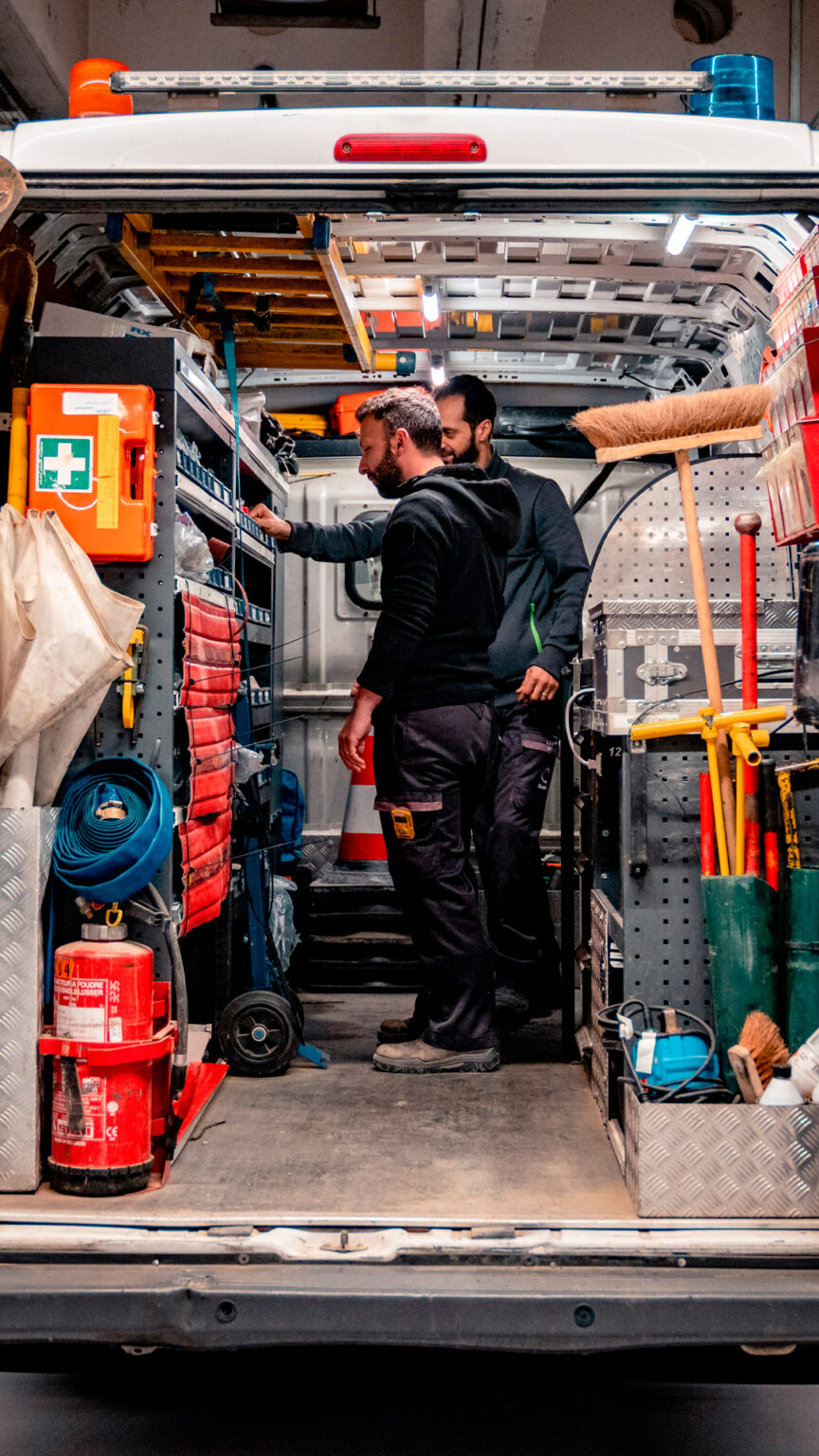An increasingly reliable network
An increasingly reliable network
Sibelga met tout en œuvre pour assurer un approvisionnement fiable en gaz et en électricité à l’ensemble des clients bruxellois.
More and more remote control on technical installations
For several years now, Sibelga has been installing remote control systems in some of the network’s high-voltage cabins. “This equipment enables us to carry out manoeuvres from Sibelga’s dispatching centre. This way, in the event of an incident, we can reduce the duration of the interruption, since it is no longer necessary to send a technician to the site,” explains François Chevalier, Head of Network Control. These remote control systems can also be installed by Sibelga in private high-voltage cabins, on behalf of professional customers.
In addition, Sibelga installs sensors in some of its cabins. They allow continuous monitoring of targeted technical installations, such as transformers and low-voltage cables. In the event of a malfunction, an alert is issued. In this way, it is possible to anticipate possible breakdowns, to react more quickly in the event of an incident or to identify the precise origin of a problem.
In 2021, almost 100 cabins (owned by Sibelga or privately) were equipped with a remote control system. The network currently has about 1,300 remote-controlled cabins, out of a total of 6,000 cabins. “The goal is to reach 25% of remote-controlled installations. We’re getting very close,” says François Chevalier.
This will further improve the continuous management of the network and the security of supply for all Brussels customers!
Better protection of supply stations
Supply stations are key points in the energy networks. In simple terms, they are the nodes where the energy that flows through the transmission networks (managed by Elia for electricity and by Fluxys for gas) passes through Sibelga’s distribution network, before being supplied to Brussels customers.
These network nodes require special attention in terms of security: to prevent intrusion and sabotage, but also to prevent internal incidents, such as fires that could disrupt supply.
Work specifically aimed at improving the security of these facilities was carried out in 2021. This project is being carried out in consultation with Elia, Fluxys and Fluvius. “These partners have access to these buildings and in some cases even own them,” explains Jurgen Van Den Bogaert, Physical Security Manager at Sibelga.
For the execution of this project, Sibelga calls on several subcontractors. Securitas, in particular, manages an external control center, organizes guards and carries out part of the installations. A consultancy firm specializing in security is also involved in the project.
In total, it is estimated that some 260 cameras, 500 badge readers and no less than 3,400 fire detectors will have to be installed at these sites.
Sibelga expands its scope of responsibility
What are the responsibilities of the transmission system operator? And what are the responsibilities of the distribution system operator? Twenty years ago, when the energy market was reorganized, the management of certain equipment and functions was assigned according to a logic that is no longer necessarily valid.
For example, until recently, the electricity transmission system operator Elia was responsible for transmitting the impulse signals for switching on and off public lighting, switching meters to day-night tariffs and other applications to the network. In 2021, after a complex transition process, Sibelga has installed or taken over the installations that emit these signals. “This represents a significant saving for Sibelga, since this service was previously invoiced by Elia. On the other hand, it means that we have additional equipment to manage, operate and improve if necessary,” explains Dirk Willems, who led the project at Sibelga.
In addition, Sibelga is in the process of moving the property boundaries with Elia within certain high-voltage substations. In 2021, for example, a first pilot project was carried out at the Houtweg supply station. Sibelga became the owner and operator of the entire high-voltage switchboard, including the incoming cells that were previously owned by Elia. “This project may seem simple when you put it that way, but it is not. This small change has an impact on the entire life of the supply substation, from the investment plan to the way of managing a short-circuit on the network”, underlines Frédéric Olivier, Deputy Head of Supply Stations.
This new division of responsibilities between Elia and Sibelga will further improve reliability and responsiveness in the event of an incident on the network.





